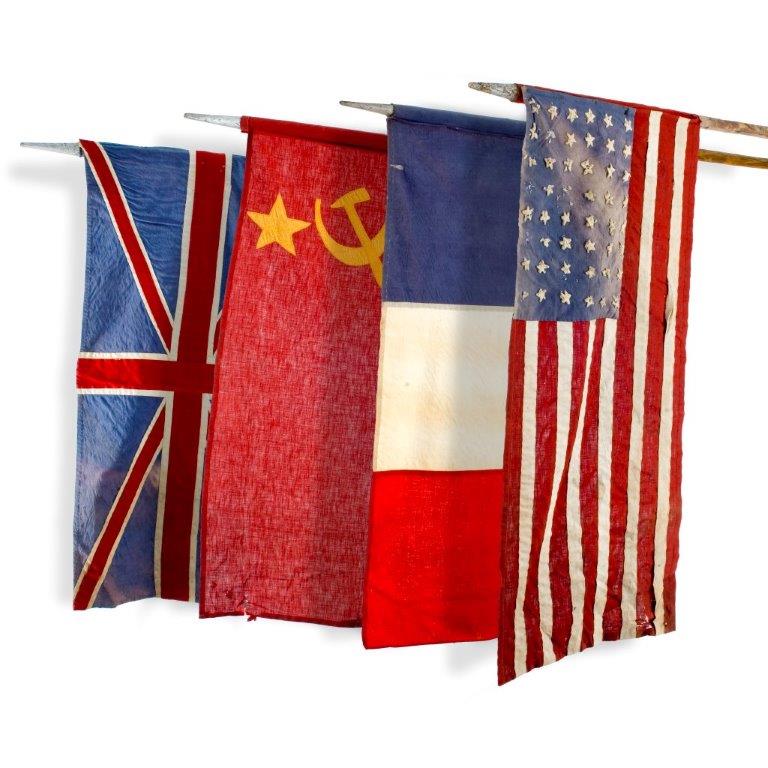- Point of Interest
- Niebergallstraße 20, Berlin, Allemagne
On 5 June 1945 the supreme commanders of the Western powers met for the first time with their colleague from the Soviet Union. In Berlin-Wendenschloss they signed the Berlin Declaration, proclaiming the unconditional surrender of Germany and the assumption of supreme authority by the four victorious powers.
On 5 June 1945 the supreme commanders of the Western powers met for the first time with their colleague from the Soviet Union. The meeting was hosted by the Soviet forces in Berlin. They had captured the capital of the German Reich in the final stages of a very fierce battle in early May and had administered it alone for the ensuing two months.
In Berlin-Wendenschloss the four commanders, on behalf of their governments, signed three documents referring to future dealings with vanquished and occupied Germany. The first document became known as the Berlin Declaration. It proclaimed the unconditional surrender of Germany and the assumption of supreme authority by the four victorious powers. “Germany”, it said, “has become subject to such requirements as may now or hereafter be imposed upon her.”
The second document announced the establishment of the Allied Control Council. The third document defined the occupation zones of the four powers, based on the territory of the German Reich as at 31 December 1937. Henceforth the decisions of the victorious powers, individually in their respective zones and jointly in the Allied Control Council for Germany as a whole, became the law of the land.
The capital, Berlin, was treated as a special area under joint occupation by all four powers. Divided into four sectors, the city was governed by a four-power administration called the Allied Kommandatura.
However, mounting tensions between the Western powers and the Soviet Union created a situation in which essential decisions were no longer taken jointly but separately by the military governments in their respective zones and sectors.


